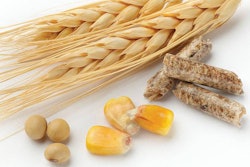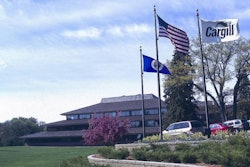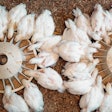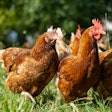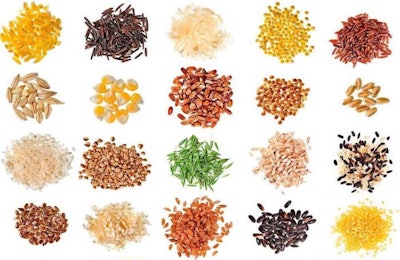
The National Animal Nutrition Program (NANP) has created an online animal feed ingredient database that brings together information from various resources in one place to be used by researchers, educators, policymakers, animal feed manufacturers and others.
According to its website, the NANP “serves as a forum to identify high-priority animal nutrition issues and provides an integrated and systemic approach to sharing, collecting, assembling, synthesizing, and disseminating science-based information, educational tools, and enabling technologies on animal nutrition that facilitate high-priority research among agricultural species. The NANP is a research-support activity funded as a National Research Support Project (NRSP) with Hatch funds appropriated by the National Institute of Food and Agriculture, U.S. Department of Agriculture (USDA).”
Need for updated information
Charlotte Kirk Baer of the USDA and NANP national program leader-animal nutrition said the idea of the animal feed ingredient database came about from researchers who were looking for a better way to work together.
“Several researchers in the area of animal nutrition identified the need to maintain consistency between revisions of the National Research Council’s (NRC) publications of nutrient requirements,” Baer said.
Because there are often several years – sometimes more than 20 – between updates to NRC’s nutrient requirement models for various species, there is the need for accurate, updated information on nutrients for animals in the meantime.
“In the research community, industry and federal government, there was a desire to come up with a way to support what NRC does. We wanted to make sure anything we did would support the NRC gold standard,” Baer said. “Through the feed database, we’ve been able to provide open access to information that wasn’t freely available before.”
Dynamic dataset
The database features feed and ingredient information for dairy and beef cattle and swine, but the goal is to have more information and data on all species unified into one database. The data comes from 1.5 million feed records from commercial labs, as well as the NRC.
There is a lot of data available, said Merlin Lindemann, professor of animal and food sciences at the University of Kentucky and NANP coordinating committee chair. “The dataset just keeps growing and is dynamic.”
The committee, made up of 30 scientists, decides the best way to get the most accurate information and develop procedures and create a practical database others can use.
“This program is capturing information from a lot of areas and trying to establish relationships to capture even more,” Lindemann said. “As we have more observations, our variation goes down and we have a number with which we are more certain. We have very strong values here.”
Members of the NANP hope the database becomes a tool for researchers and others in the animal feed industry.
“The ultimate goal is for this to be a tool for people that are doing research with feed ingredients and composition to have a resource,” said Phillip S. Miller, professor in the Department of Animal Science at the University of Nebraska and member of the NANP.
But, Lindemann said, the database will also serve a larger role in livestock production.
“The societal value cannot be overlooked. Hopefully we can avoid any unexpected underfeeding that can compromise the health and well-being of the animals, and avoid unnecessary overfeeding,” he said. “Accuracy here has so many potential benefits.”


